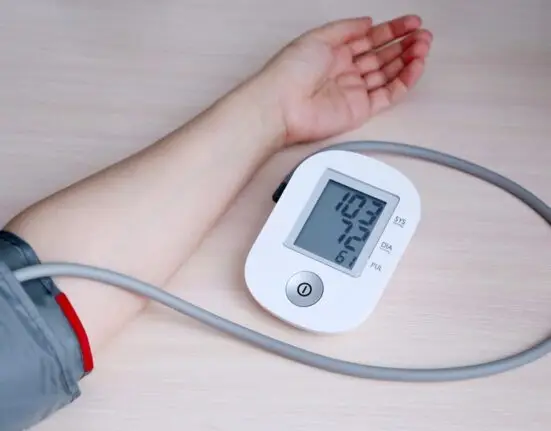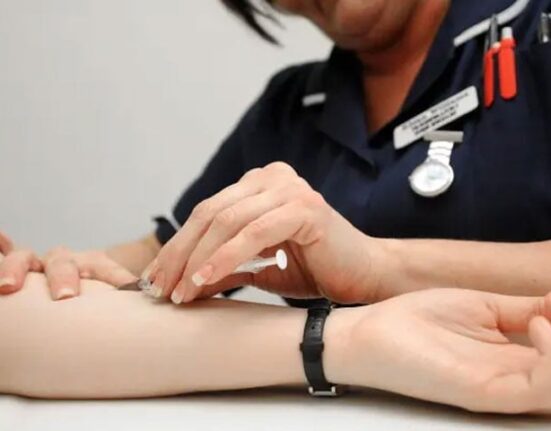Introduction
Nipple discharge can be a source of concern for many women, but understanding what is considered normal versus abnormal is crucial for managing health and alleviating anxiety. Normal discharge can occur due to various benign conditions such as pregnancy, hormonal changes, or stimulation. However, discharge that is bloody, occurs only from one nipple, or is accompanied by other symptoms may indicate an underlying issue. This article explores the differences between normal and abnormal nipple discharge, common causes of each, and when to seek medical advice to ensure proper diagnosis and treatment.
1.What is normal discharge and what is abnormal nipple discharge?
Bloody discharge from the nipple is never normal. Other symptoms of abnormal discharge include discharge from only one nipple that occurs when you touch, squeeze, or squeeze your breast. The color of the material is usually not helpful in deciding whether the discharge is normal or abnormal. Abnormal and normal nipple discharge can be clear, yellow, white, or green in color. Nipple discharge most commonly occurs in both nipples and is often released when the nipples are pressed or squeezed. Some women who are concerned about breast secretions may actually make it worse by checking it. They may make symptoms worse by repeatedly squeezing their nipples to check for nipple discharge. In these cases, leaving the nipples alone for a while may help the condition improve. Based on your medical evaluation, your doctor will determine whether your nipple discharge is normal (physiologic) or abnormal (pathologic). Even if your doctor determines that your breast discharge is abnormal, keep in mind that most pathological conditions that cause nipple discharge are not serious and can be easily treated. is done
2.What can cause normal discharge?
Some common causes of discharge include:
pregnancy In the early stages of pregnancy, some women notice a clear breast discharge from their nipples. In the later stages of pregnancy, this discharge may take on a watery, milky appearance.
Stop breastfeeding. Even after you stop breastfeeding your baby, you may notice that milk-like breast discharge persists for a short period of time.
Stimulus. When the nipples are stimulated or squeezed, they may release fluid. Normal nipple discharge can occur when your nipples are repeatedly poked by your bra or are activated during vigorous physical activity, such as jogging.
3.What causes abnormal nipple discharge and can it be non-cancerous?
A number of non-cancerous conditions can cause nipple discharge. If your initial physical examination shows that the discharge is abnormal, your doctor may order further tests. Tests will help determine the underlying condition that is causing the problem and may include one or more of the following:
Laboratory analysis of discharge
Blood tests
Mammogram and/or ultrasound of one or both breasts
A brain scan
Surgical removal and analysis of one or more ducts in your nipple
Fibrocystic breast changes. refers to the presence or growth of fibrous tissue and cysts. Fibrocystic changes in your breasts can cause lumps or thickening in your breast tissue. Although they do not indicate the presence of cancer. But in addition to causing pain and itching, fibrocystic breast changes can sometimes cause a clear, white, yellow, or green discharge from the nipple.
Tumors of the pituitary gland
Certain medications, including certain hormones and psychotropic medications
Some herbs, such as fennel
Hypothyroidism
A nipple discharge that contains pus can indicate an infection in your breast. It is also known as mastitis. Mastitis is commonly seen in women who are breastfeeding. But it can develop in women who are not breastfeeding. This is the second most common cause of abnormal nipple discharge. It is commonly seen in women who are approaching menopause. This condition results in inflammation and possible blockage of the ducts below the nipple. When this happens, an infection can develop resulting in a thick, green discharge from the nipple.
4.What is the connection between nipple discharge and breast cancer?
Most nipple discharge is either normal or caused by a medical condition. However, there are instances when breast discharge can be a symptom of some forms of breast cancer. This is more likely if your nipple discharge is blood-like and has a lump inside the breast and your mammogram is not normal.
Conclusion
While nipple discharge is often a normal and benign condition, it is important to recognize signs that may warrant further investigation. Normal discharge can result from pregnancy, breastfeeding cessation, or nipple stimulation, and typically affects both nipples. Abnormal discharge, particularly if it is bloody or unilateral, could signal more serious conditions, including infections or tumors. Regular medical evaluations and diagnostic tests are essential for determining the cause and ensuring appropriate care. Understanding these distinctions helps in addressing concerns proactively and maintaining overall breast health.





Leave feedback about this